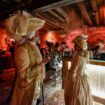
Lisbon’s only remaining Art Deco hotel, The Britania Hotel Lisbon, located close to the designer paradise of Avenida da Liberdade, provides a stylish base for exploring Portugal’s capital. The arched double front door is pure Art Deco. Black metallic rods, stretched across the glass curving upwards to define the apex of that arch. Two golden semi-circles form the door handles. But worry not. You don’t have to open those hefty doors. That is the job of the liveried doorman.
In fact, he will already have opened your taxi door and welcomed you to the Hotel Britania. Then he will go on to call the lift. This is a hotel where old school service is definitely back in fashion. Soon the receptionist will remember your room number and hand over the heavy globe chained to your door key as soon as you set foot in reception.

Yes, the Britania really is that old school: giving out old fashioned, physical, metal keys. No digital key cards here. And after the first breakfast, waiting staff will remember whether you are a tea or coffee aficionado. And wish you a good morning, a good afternoon … All laudable qualities recognised by those arbiters of fine taste, Conde Nast Johansen, when they gave the Britania Hotel their Excellence Award for Service in 2021.
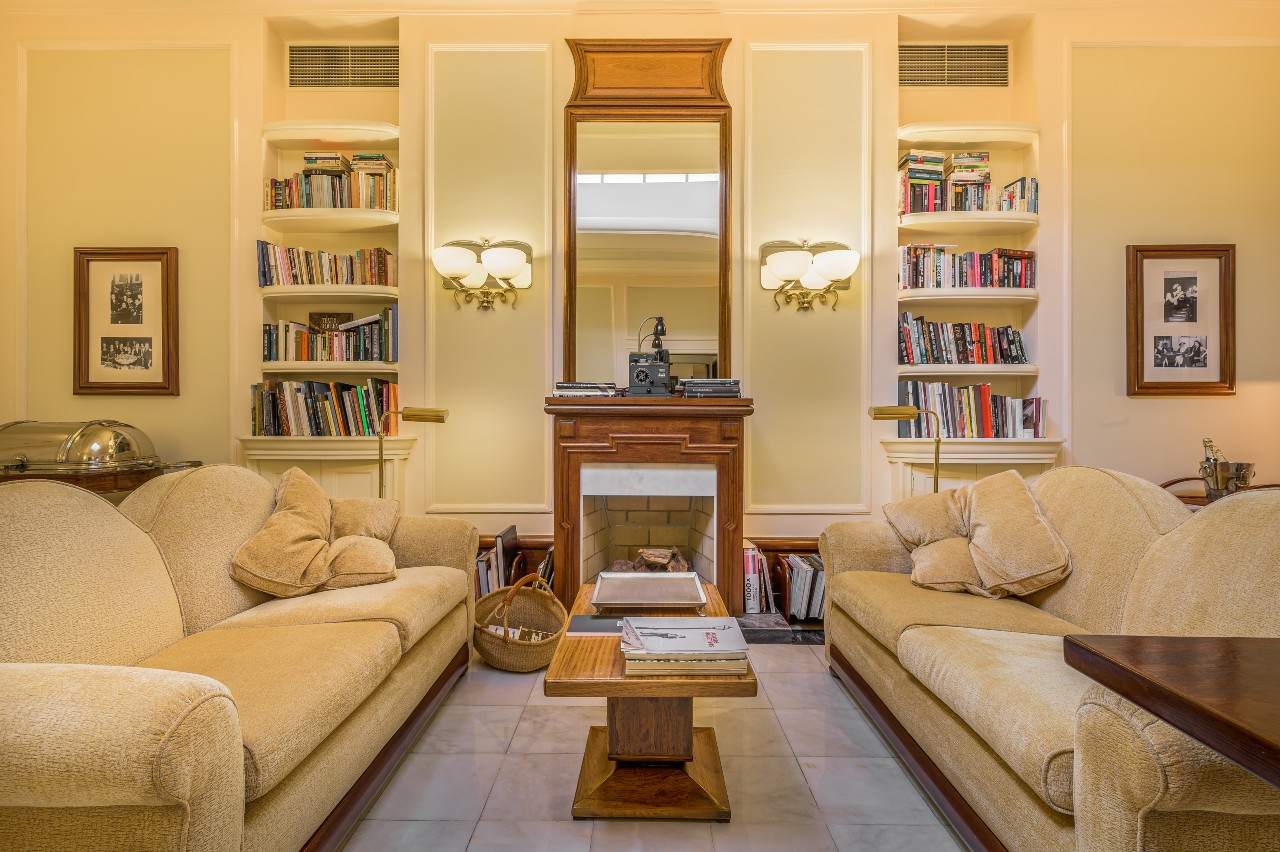
Exuding classic Art Deco principles, the Britania Hotel, cared for by Lisbon Heritage Hotels, resides on a quiet side street off Lisbon’s grand Avenida da Liberdade. That Old Europe, grand wide boulevard is the glitzy home to almost any high-end brand that you care to name. Gucci, Luis Vuitton, Michael Kors and many more are handing out elegant, pleated designer bags with gold-braided handles. There’s even a Fashion Clinic … with a sophisticated restaurant. Back to the architecture lesson.
The Britania, as Lisbon’s only surviving Art Deco Hotel, provides style and the allure of a lost age. There is a feel of Hollywood glamour as you sashay through the polished marble. It is no surprise to learn that matinee idol Omar Shariff used to drop by for a few hands of bridge. Either side of those grandiose doors, large porthole style windows are quintessential Art Deco. This is one of Portugal’s classic residences, perhaps a starting point for further Portuguese adventures.

But The Britania’s love of the nautical dates back to an earlier age when Henry the Navigator’s brave sailors sailed the high seas. An age when some still believed that the world was flat and that they would sail off its edge. A grand statement sculpture of the globe has black silhouettes of caravels heading north, south, east and west. It makes an immediate impression on guests. “Sadly, the original sculpture disappeared in the renovation,” says Ana, who has worked at The Britania for nearly a quarter of a century. Looking around reception, still Art Deco with its polished marble and sleek streamlined features there is a feeling of nostalgic loss for a bygone era.
Originally this was the Hotel do Império until imperialism feel out of fashion in the 1970s, on the eve of Portugal’s Revolution to sweep away the dictators. Political correctness brushed away remnants of empire and the hotel was renamed as the Britania. Though, no-one seems quite sure why it was called the Britania. Nowadays, the Britania is cossetted, loved and polished by Lisbon Heritage Hotels who care for another similarly historic four hotels throughout Lisbon. Lisbon Heritage Hotels preserve the Britania’s rich history which began with the hotel opening in 1944.
Lisbon was the capital of a Portugal that was neutral in the Second World War. Diplomats, journalists, spies, traders and writers made the new hotel their home. Lisbon had an edgy cosmopolitan feel, similar to Humphrey Bogart and Ingrid Bergman’s Casablanca. A chandeliered entrance hall to every room, that was equipped with a radio and a telephone and a typewriter, made the Hotel do Império the place to stay. Although the chandelier remains in an entrance hall which has the addition of a refrigerated mini bar, a television has replaced the radio and for most guests the latest gizmo of remote-controlled climate control is a better tech option than a typewriter. Part of the renovation has been ripping up the carpets to reveal the original burnished cork tiles and returning the walls to their original light cream colour.
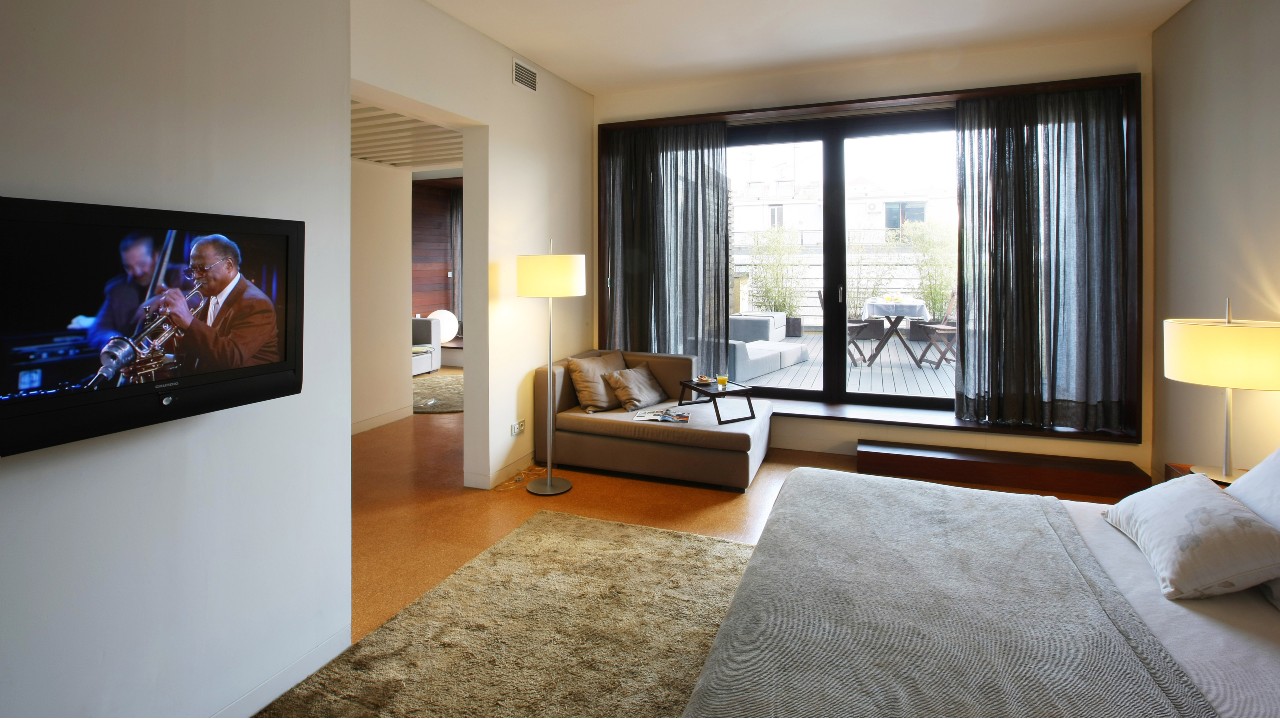
Once the sixth floor of the hotel was devoted to the laundry and services until a reorganisation created two terrace rooms and a spacious light-filled suite. The suite features a patio housing two sun-loungers. Long ago, the restaurant closed, so a lavish buffet breakfast is served in the lounge and bar. Running through to noon it is a feast, headlined by sparkling wine to linger over.
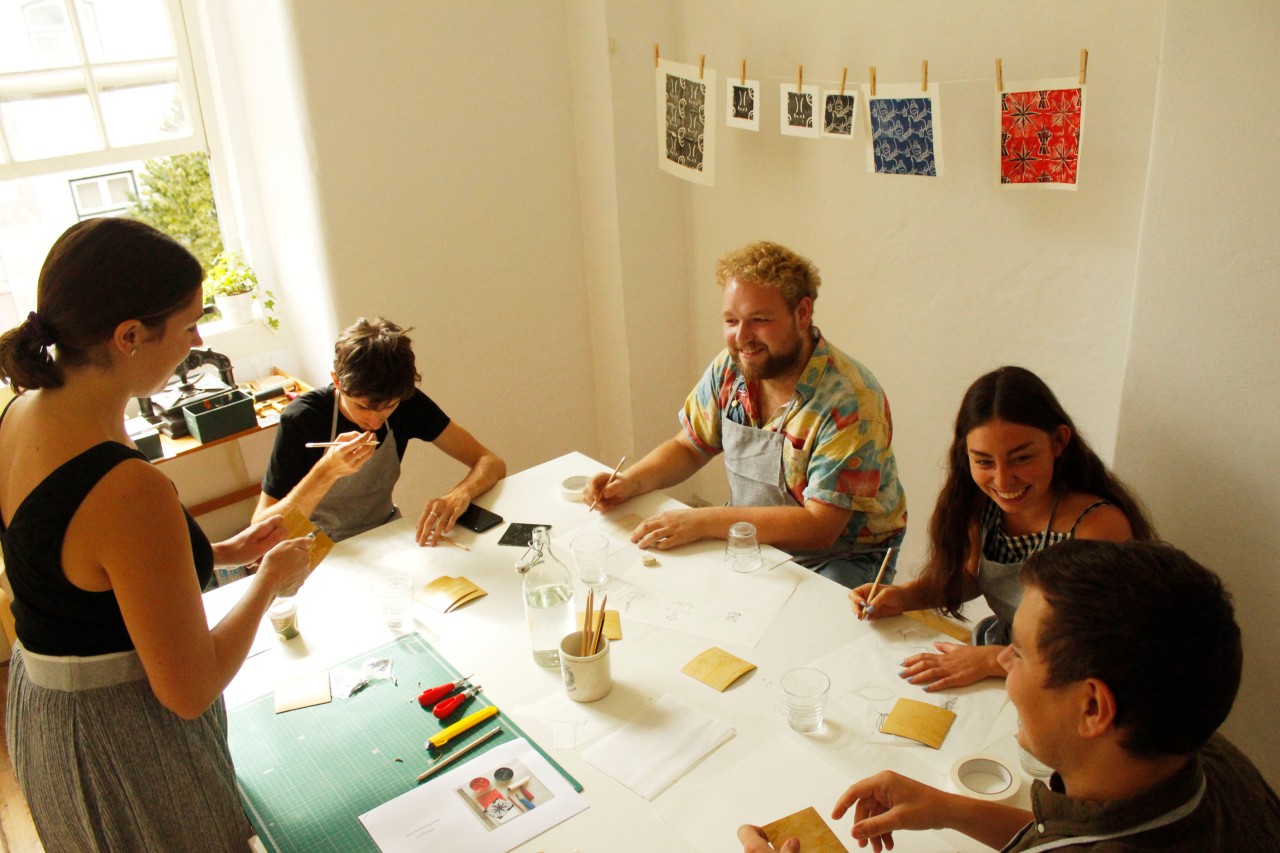
One bonus for Britania guests is free admission to four of Lisbon’s top museums including the Museu Nacional de Arte Antigua (Antiquities) and Museu Nacional de Arte Contemporânea. For those most interested in developing their own artistic talents and creativity, the concierge will organise a visit to Lisboa Social Press run by British artists Tom and Jilly. Located just minutes from Lisbon’s metro,
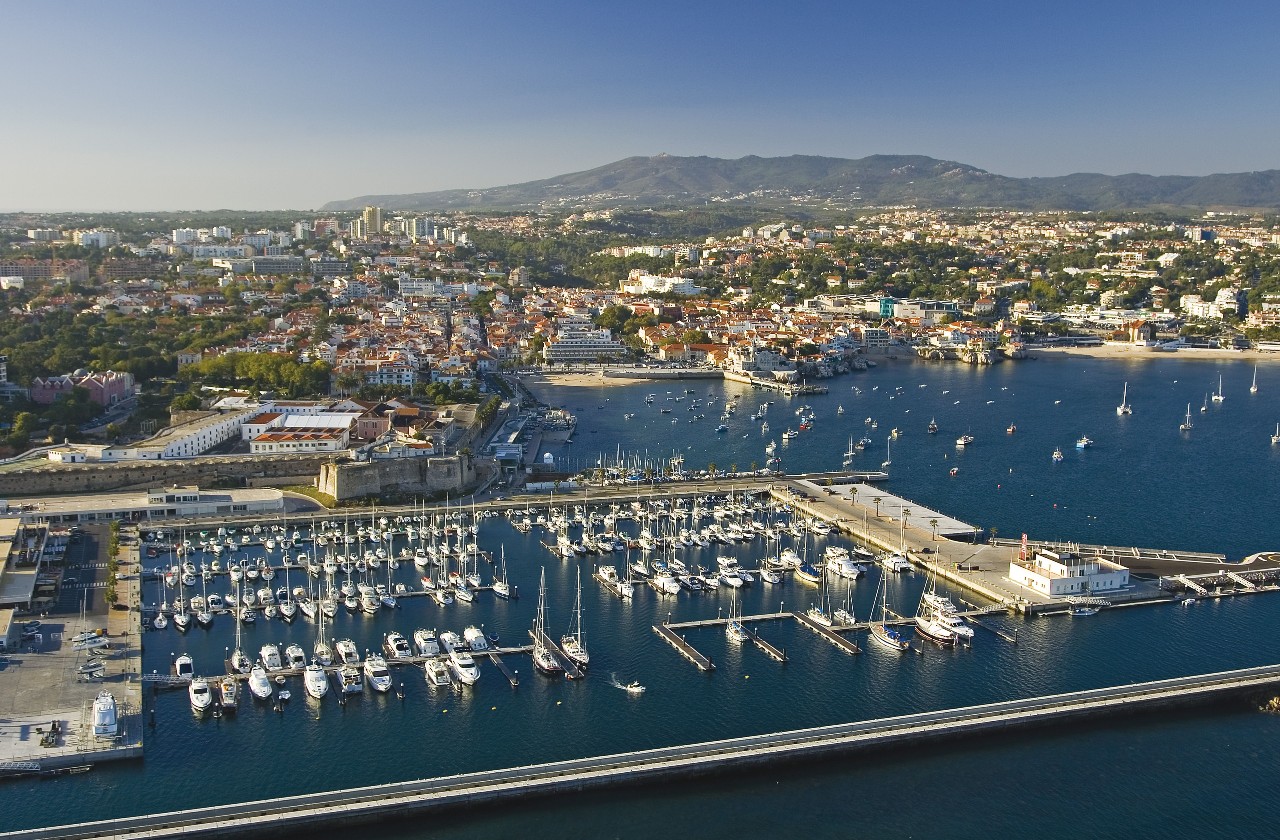
The Britania is perfectly placed for exploring Lisbon and its Costa di Caparica. Coastal resorts such as Estoril and Cascais can be reached by train in less than 40 minutes. The Britania time slipping back into an age of architectural elegance and impeccable service, evocatively celebrating its rich history, is the perfect base for an artistic adventure in Lisbon.

